Maharaja Swathi Thirunal: The Royal of Travancore
India is a land of cultural diversities and different art forms. Art and culture have always been indispensable in the history and they have played a major role in the overall development of the Indian Society. Through ancient times, any art form has needed royal patronage to reach its zenith.
Indian history has witnessed a lot of such generous patrons who enriched the cultural integrity and one of them was the Swathi Thirunal Rama Verma, Maharaja of Travancore. The Maharaja, who was fondly known as गर्भश्रीमान, as he was already the crowned the king before his birth. He is also known as पद्मनाभदास for he was a true devotee of the Lord. Though he lived only for a short span of 34 years i.e. from 1813 to 1847, he ruled over the princely state of Travancore for around 18 years.
His short life can be equated to the life of a lily in the words of William Wordsworth. He led a worthy life of not only an able King but also a benevolent King a patron of arts & literature.
Being a ruler and a very efficient administrator, he introduced many progressive measures for his subjects which were highly respected by the British government. But Maharaja is and shall be remembered for his immense love for music and musicians. In his very brief but creative lifetime he acquired mastery in various forms of music, became a linguist, as he was a master of many languages like Malayalam, Telugu, Tamil, Kannada, Sanskrit, Hindi Urdu, Brij etc. He has composed around 370 compositions out of which roughly 37 are set in Hindustani music. He is probably the only musician of South India who has composed varied Hindustani Musical forms.
Looking at his wider range it could be said that his musical compositions are classified into four categories
- The Linguistic Aspect
- The Literary Aspect
- The Musical Aspect
- The Spiritual Aspect
He knew a lot of languages and moreover was proficient in their usages, one of his composition भावयामि रघुरामम् is an अष्टपदी which describes the whole story of the epic Ramayana. His literature was not very scholarly and dry in nature but the use of simple but effective words which would be musical and melodious were his specialty.
As a patron of Music, his court was full of musicians and artists all over the world. He learnt Hindustani Music from the musicians whom he invited from Kolkata, Lucknow and other northern parts of India. He wrote his signature as पद्मनाभप्रभुफ़णिपरशायि in Hindi and Brij. His relation with his Lord was like a friend. He was the Arjuna to his Krishna. He always asked his lord to take care of him. In one of his compositions he says, दया करो क्यूँ देरी, रामचन्द्र प्रभु तुम बिन प्यारे कौन ख़बर ले मेरी।
However, a lot of influence of writings of Meera and Soordas is seen in his compositions. But he had his own style of communicating with the God for sure. The Maharja left for his heavenly abode on 26th December 1846. In the words of R.P Raja in his book “New Light on Swathi Thirunal”, “The meteor of the Travancore Royal family had flashed through the efirament of history and had gone”. The Maharaja will always be remembered by the coming generations of Indian Classical Musicians as a progressive and path breaking musician as well as an efficient administrator.
By Dr. Manjiri Iyer


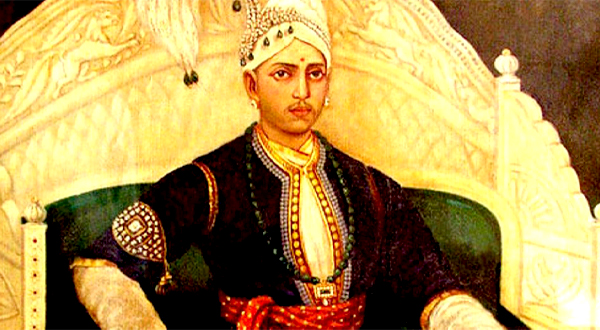
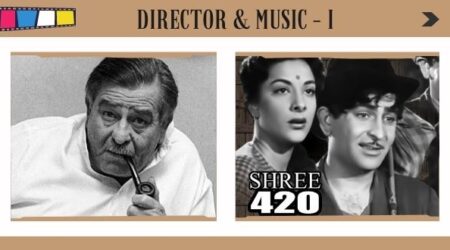
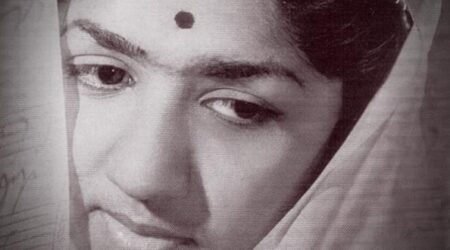
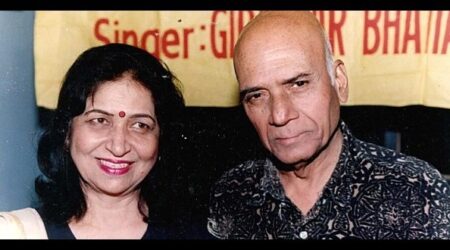


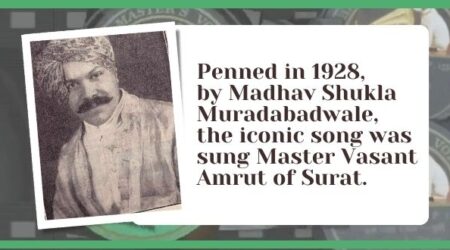
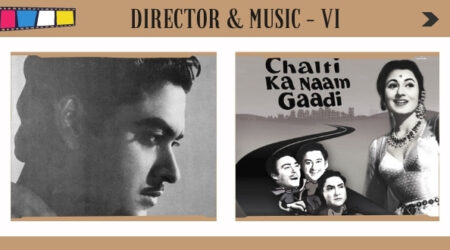
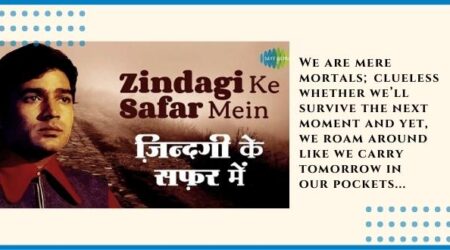

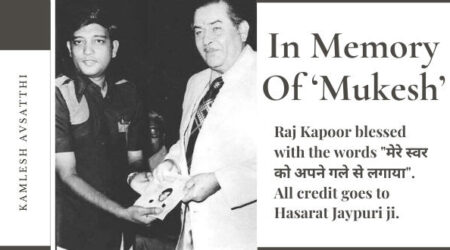

Leave a Reply